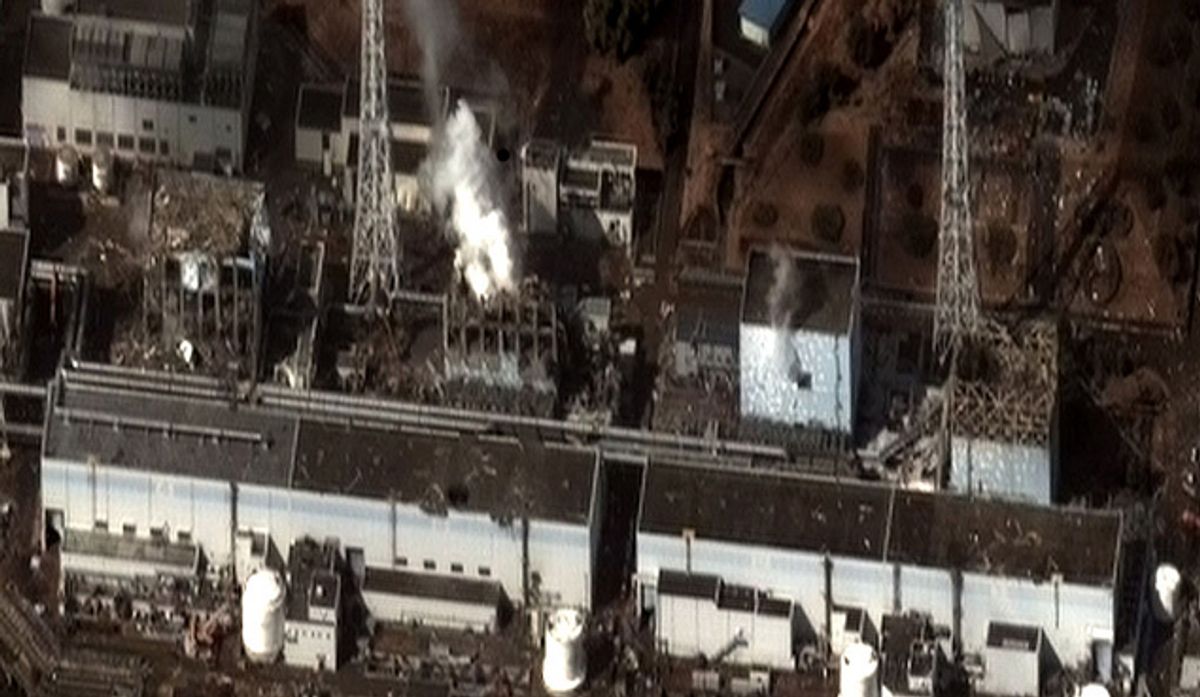The Nuclear Regulation Authority of Japan has released draft safety rules for nuclear power facilities. Before the Fukushima incident, precautions against major disasters or terrorist attacks were left up to utilities. The new rules, which regulators hope to finalize by the middle of 2013, will require significant safety improvements to nuclear plants.
Some of the new measures are clearly in direct response to problems confronted at Fukushima. Plants would need to feature back-up control rooms located separately from the reactors themselves, and venting systems will need to be capable of filtering out radioactive gases. There are also rules that would govern evacuations if an emergency does occur; authorities were rightly criticized in the aftermath of Fukushima over the evacuation, with some indications that radiation levels were relatively high even outside the evacuation zone.
The new rules would also require that reactor buildings withstand the impact from a jet if one were used as a weapon. Some are designed with such protection already in mind.
In the aftermath of the March 2011 earthquake, Japan shut down all 50 of its functional reactors. Since then, it has so far attempted to restart only two, and operators will have to meet the new requirements before further restarts begin. That means Japan will likely be without much nuclear power for at least three years, and possibly much longer. When the first reactors did get restarted last July, the move came at the same time as a damning report blaming both specific parties and cultural tendencies for the scope of the disaster.
Requiring some of these safety upgrades would clearly reduce certain risks associated with nuclear facilities, but some still think that nuclear power in a region so rife with major seismic activity is too risky a proposition. TEPCO, the utility that owns the Fukushima plant, long claimed that the tsunami itself was fully responsible for the chain of failures, but there were suggestions that the earthquake itself also played a role.
And behind the specific debate over safety requirements at nuclear facilities is a more general one in Japan over whether nuclear power should be part of the country's energy picture at all. Public opinion shifted dramatically against the power source, and government plans released last year called for a full (though slow) phaseout. Following December elections, however, there were some indications that such plans might be reconsidered. Protests in the streets continued in response.
According to a UPI story on the new safety rules, Japan's chief nuclear regulator admitted recently that "the safety standards in Japan were insufficient." Authorities seem intent on fixing that problem, though what it all really means for the future of nuclear energy in Japan remains uncertain.
Image via Digital Globe
Dave Levitan is the science writer for FactCheck.org, where he investigates the false and misleading claims about science that U.S. politicians occasionally make.



